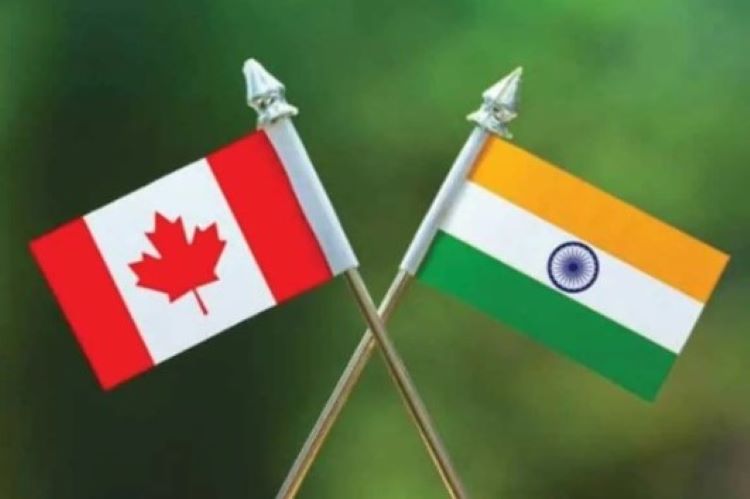In the realm of international relations, a broader trend is emerging: the growing influence of narrative building in shaping public opinion and political discourse. Democracies worldwide are increasingly witnessing this phenomenon, where the art of crafting narratives can either constructively influence societies or disastrously derail meaningful dialogue. The lesson here is clear: falling for any narrative without scrutiny can lead to perilous outcomes. This trend, gaining momentum in recent years, often segues from domestic politics to serve broader purposes—shaping public discourse, promising societal improvement, or deflecting attention from pressing issues.
The United States provides a prime example of how narratives have been weaponised in the political arena. Disinformation campaigns, particularly around crime, immigration, and the economy, have fuelled emotional biases, sidelining facts. In the US presidential election, stories such as immigrants consuming pets, misused hurricane funds, and fabricated voting fraud videos spread rapidly, eroding public trust and framing perceptions in ways that contradicted reality.
READ I Climate change: Will Trump’s policies derail global progress
India’s current diplomatic row with Canada highlights a similar narrative-driven tension. The controversy stems from the murder of Hardeep Singh Nijjar, a Canadian Sikh leader, in June 2023, and the allegations in September 2024 by Gurpatwant Singh Pannun that the Indian government attempted to orchestrate his assassination. These incidents have been used to fuel narratives, often to the detriment of harmony and understanding between nations.
Domestic politics and international relations
As India assumes a more significant global role, its domestic and international actions are under increasing scrutiny. This highlights the importance of maintaining transparency and consistency in its dealings with other nations, particularly long-standing partners.
Canadian Prime Minister Justin Trudeau’s stance against India may be aimed at its government rather than its people, but such actions risk igniting racial tensions in Canada. This highlights the delicate balance multicultural societies must navigate between domestic politics and international relations—a balance Canada has struggled with, while the U.S. has seemingly mastered.
Despite Pannun’s allegations, US-India relations have remained relatively stable. The two nations have opted for dialogue over confrontation, as evidenced by Prime Minister Narendra Modi’s recent visit to the US in September 2024, which focused on shared priorities like technology, defence, and climate cooperation.
Risk of conflation in national discourse
In the age of narratives, there is a growing risk of conflating specific issues with broader communities. For instance, while official Indian discourse may target Khalistani separatism, the rhetoric could inadvertently impact the larger Sikh community, leading to domestic tensions. This underscores the need for leaders to exercise caution in their statements, as even minor missteps can strain significant bilateral relationships.
The India-Canada dispute cannot be fully understood without considering broader global factors, such as historical legacies, race, empire, and capital. Events like the Nehru-Tara Singh Pact of 1959 and the influence of Anglo-Saxon dominance continue to shape the undercurrents of these conflicts.
Need for nuance and accountability
The allegations against India regarding assassination attempts highlight the need for robust frameworks to govern intelligence agencies worldwide. Democracies, in particular, must reflect on how to balance national security with international cooperation and accountability.
For the U.S., India, and Canada, these situations offer an opportunity to examine the role of media in shaping public opinion and the broader implications of narrative-driven diplomacy. In an era of “post-truth,” where multiple versions of the truth exist, critically analysing and questioning narratives becomes a civic duty.
Narratives and a nation’s image
A country’s international image is shaped by more than just its diplomacy and business ties; it reflects the behaviour of its citizens and the narratives they project abroad. Strategic, need-based state ties may succeed temporarily but lack the depth for lasting partnerships. A compelling national story, rooted in truth, helps build enduring relationships.
India’s domestic conduct significantly influences how foreign governments perceive it. Pre-existing biases are often amplified by media and academic narratives, which can be leveraged for political purposes. In this context, clarity and authenticity in storytelling are paramount.
As the India-Canada diplomatic row demonstrates, narratives can shape reality, for better or worse. To navigate these challenges, nations must prioritise diplomacy over discord and focus on transparent, fact-based engagement. Leaders should recognise the power of their words and actions in shaping both domestic and international relations.
In the interconnected world of modern international relations, critical thinking and accountability are essential. Only by moving beyond simplistic narratives can nations foster stability, cooperation, and mutual understanding in a complex global landscape.
Authors work for CUTS International, a global public policy, research and advocacy group with presence in four continents.

